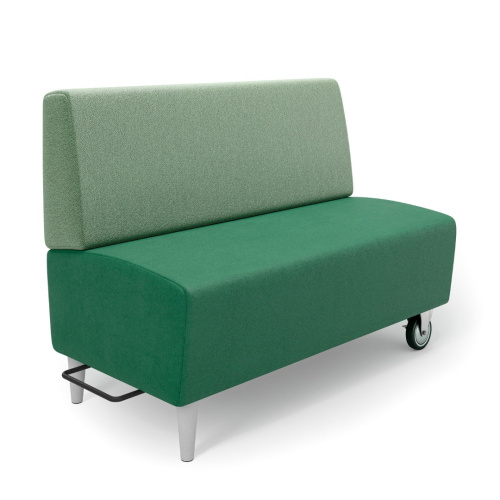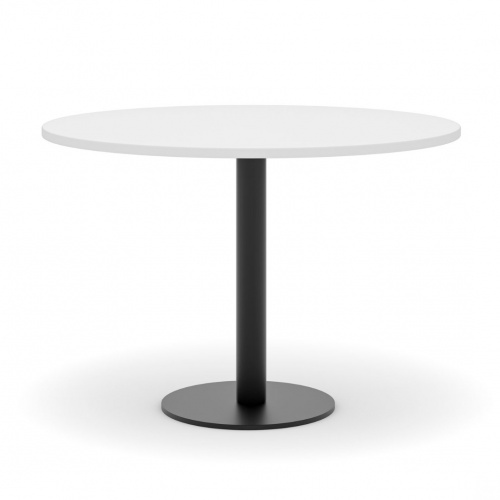In corporate and hospitality settings, it’s common for spaces to be large and open to accommodate collaborative work and a see-and-be-seen aesthetic. While large and open creates a desirable environment, it also creates a constant humming of sound. Some sounds are wanted and necessary, but sound that is unwanted or in excess is called noise. “Excess noise is disruptive and contributes to loss of productivity and concentration, especially in an open office work environment,” says Erik J. Ryerson, INCE, senior associate, acoustics, with Chicago-based Shen Milsom & Wilke LLC.
Sound has two paths: airborne and structure-borne sound. “Airborne sound is what we hear when sounds radiate from a source directly into the air,” says Stanley D. Gatland II, CertainTeed Corp., in an article titled “Understanding Acoustics and Sound Control,” published on the American Institute of Architect’s (AIA) Website (http://www.aia.org/ practicing/awards/AIAB025071). “Examples emanating from a building’s exterior include passing traffic, aircraft, highway and industrial noise.” Voices, music, motors, machinery, and office equipment are sources of airborne noise on a building’s interior, depending on individual decibel levels, as is conditioned airflow through uninsulated HVAC ductwork.
“Structure-borne sound, also known as ‘impact noise,’ is sound that travels through solid building materials,” says Gatland. “Examples are the sound of footsteps on floors, door knocks and slams, plumbing and mechanical equipment vibrations, and the impact of rain on a building. Think of the disturbances created by steady rain on a metal roof over a typically quiet building … and one can understand what a disruption structure-borne noise can be.”
Enter acoustics — the science of sound, including its production, transmission and effects in a room or building. Acoustics are used to ensure that sound is within acceptable ranges for greater comfort in interior spaces.
Want to learn more about how to make your Corporate Space more more acoustically pleasing? Download our White Paper below for more information.

Sound has two paths: airborne and structure-borne sound. “Airborne sound is what we hear when sounds radiate from a source directly into the air,” says Stanley D. Gatland II, CertainTeed Corp., in an article titled “Understanding Acoustics and Sound Control,” published on the American Institute of Architect’s (AIA) Website (http://www.aia.org/ practicing/awards/AIAB025071). “Examples emanating from a building’s exterior include passing traffic, aircraft, highway and industrial noise.” Voices, music, motors, machinery, and office equipment are sources of airborne noise on a building’s interior, depending on individual decibel levels, as is conditioned airflow through uninsulated HVAC ductwork.
“Structure-borne sound, also known as ‘impact noise,’ is sound that travels through solid building materials,” says Gatland. “Examples are the sound of footsteps on floors, door knocks and slams, plumbing and mechanical equipment vibrations, and the impact of rain on a building. Think of the disturbances created by steady rain on a metal roof over a typically quiet building … and one can understand what a disruption structure-borne noise can be.”
Enter acoustics — the science of sound, including its production, transmission and effects in a room or building. Acoustics are used to ensure that sound is within acceptable ranges for greater comfort in interior spaces.
Want to learn more about how to make your Corporate Space more more acoustically pleasing? Download our White Paper below for more information.







